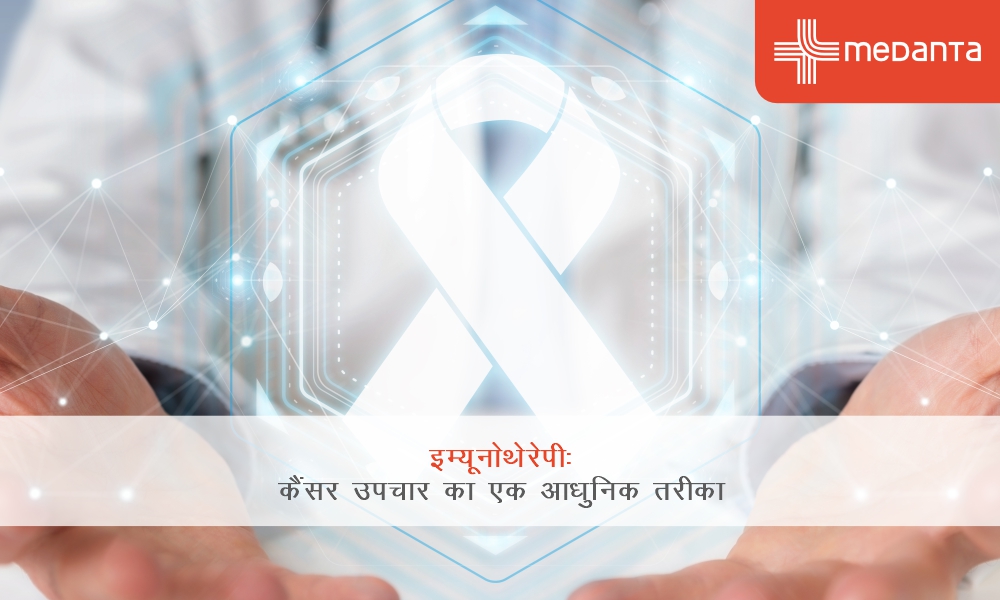Difference Between PMS and Early Pregnancy

Many women often find themselves confused by the similarities between premenstrual syndrome (PMS) and early pregnancy symptoms. Understanding the differences between the two can help alleviate anxiety and facilitate appropriate medical care if needed. In this blog, we will explore premenstrual syndrome treatments, early pregnancy symptoms, and early pregnancy bleeding.
Premenstrual Syndrome (PMS)
Premenstrual syndrome (PMS) is a group of physical and emotional symptoms that women may experience in the days before her menstrual period. These symptoms can be mild or severe and typically subside once menstruation begins.
Common physical symptoms of PMS include bloating, cramping, breast tenderness, and headaches. Emotional symptoms may consist of mood swings, irritability, anxiety, and depression. The exact cause of PMS remains unclear, but hormonal fluctuations and chemical imbalances in the brain are believed to play a role.
To diagnose PMS, women should track their symptoms over several menstrual cycles to identify patterns. Keeping a symptom diary can help determine if symptoms are indeed related to the menstrual cycle and not another underlying condition.
Early Pregnancy
Early pregnancy refers to the initial weeks after conception, typically before the 12th week of gestation. Some women may experience symptoms similar to PMS during this time, which can make it challenging to distinguish between the two.
Physical symptoms of early pregnancy include fatigue, nausea, increased urination, and tender or swollen breasts. Emotional symptoms can also overlap with those of PMS, such as mood swings and irritability. To confirm a pregnancy, women can take a home pregnancy test, undergo a blood test, or have an ultrasound performed by a healthcare professional.
Key Differences Between PMS and Early Pregnancy Symptoms
Here are some differences between PMS and early pregnancy symptoms:
- Cramping and bloating: While both PMS and early pregnancy can cause cramping and bloating, these symptoms tend to be milder in early pregnancy. Moreover, PMS-related cramps usually subside once menstruation begins, while pregnancy-related cramps may persist throughout the first trimester.
- Breast tenderness: Although breast tenderness is common in both PMS and early pregnancy, the sensation may be more intense and persistent during pregnancy. Pregnant women may also notice darkening of the areolas and more visible veins in the breasts.
- Mood swings: Mood swings are common in both PMS and early pregnancy due to hormonal fluctuations. However, pregnant women may also experience heightened emotions due to the added stress and anticipation of becoming a parent.
- Fatigue: Fatigue is prevalent in both PMS and early pregnancy. However, pregnancy-related fatigue is often more profound and may be accompanied by an increased need for sleep.
- Nausea and food aversions: While some women may experience nausea or food aversions during PMS, these symptoms are more common and pronounced in early pregnancy. Pregnant women often refer to this as morning sickness.
Early Pregnancy Bleeding
Bleeding during early pregnancy can be concerning for many women, as it is often mistaken for menstrual bleeding. There are several possible causes for early pregnancy bleeding, including implantation bleeding, cervical changes, and, in rare cases, miscarriage.
Implantation bleeding happens when the fertilised egg joins itself to the uterine lining, causing light spotting. This type of bleeding is generally lighter and shorter in duration than a typical period. Cervical changes, such as increased blood flow, can also cause light bleeding during early pregnancy.
To differentiate between menstrual bleeding and early pregnancy bleeding, women should monitor the colour, consistency, and duration of the bleeding. If the bleeding is accompanied by severe pain, dizziness, or fever, it is crucial to get medical help immediately, as these could be indications of a more serious issue.
When to Seek Medical Help
While light bleeding during early pregnancy can be normal, it's essential to consult a healthcare professional if you experience any of the following:
- Heavy bleeding
- Severe abdominal pain or cramping
- Dizziness, light-headedness, or fainting
- Passing of tissue or clots
- High fever or chills
These symptoms could indicate a miscarriage, ectopic pregnancy, or another complication that requires immediate medical attention.
Premenstrual Syndrome Treatments
Although there is no cure for PMS, various premenstrual syndrome treatments can help alleviate symptoms. These include:
- Lifestyle changes: Regular exercise, a balanced diet, and stress management techniques can help reduce the severity of PMS symptoms.
- Over-the-counter medications: Medicines such as ibuprofen or naproxen can help manage cramps, headaches, and other physical discomforts. Diuretics may also be used to reduce bloating.
- Prescription medications: In severe cases, a healthcare provider may prescribe antidepressants, hormonal contraceptives, or other medications to regulate hormones and alleviate PMS symptoms.
- Alternative therapies: Some women find relief from PMS symptoms through alternative treatments like acupuncture, massage, or herbal supplements. It's vital to consult a doctor before trying these therapies to ensure they are safe and appropriate for your individual needs.
Conclusion
It is еssentіal that women understand the differences between PMS and the symptoms of еarly prеgnancy in order to make educatеd decisions about their health and well-being. Tracking symptoms, consulting healthcare professionals, and employing appropriate treatments can help alleviate anxiety and ensure optimal care during this critical time.
If you want to know more about the difference between PMS and early pregnancy, consult a gynaecologist today!






